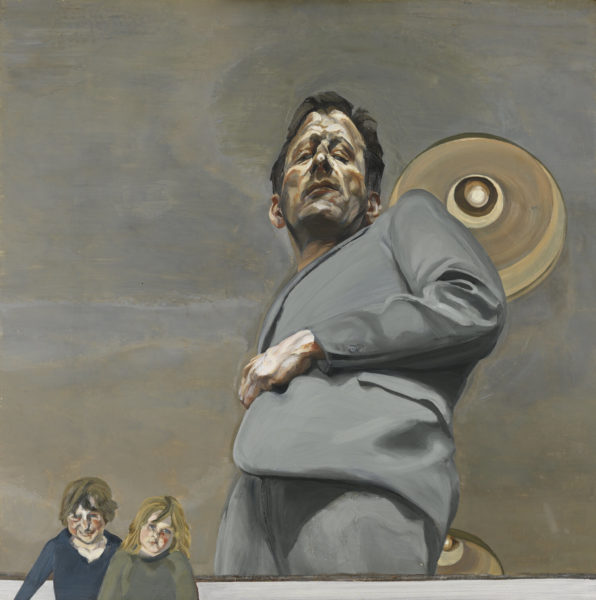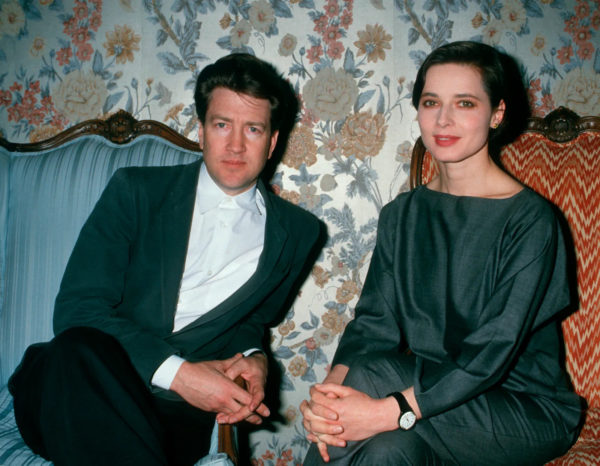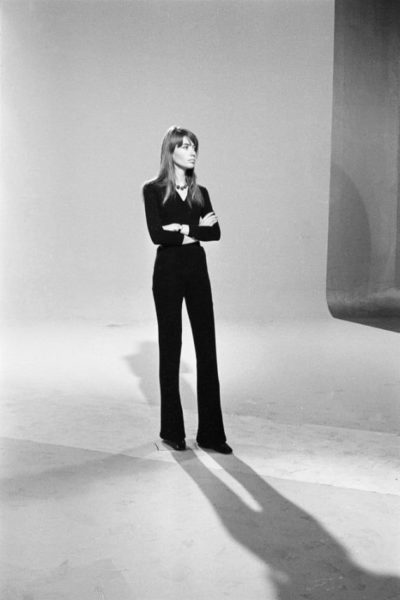The men’s scarf was originally not a fashion accessory, but a military item.
The instruction scarf
After the French defeat in the Franco-Prussian war of 1870-1871, the 1872 recruitment law introduced general conscription in France. The majority of the soldiers recruited under this law were illiterate. In order to give soldiers access to instructions on how to handle weapons or care for the wounded, the French commander decided to print them on silkflexible and resistant thread produced by the larva of vario More scarves.
Royal Air Force’s scarf
During the Second World War, the Royal Air Force provided its pilots with silk scarves, usually in navy blue with a weighted pattern known as “polka”. These scarves were produced in a factory in Manchester. Warm and stylish, RAF pilots continued to wear their scarves in civilian life.
WW2 escape scarf
At the same time, the MI9, the organisation responsible for providing pilots with a means of escape from a crash behind enemy lines, developed a range of items for this purpose. These included a silk scarf with a map of the area where the mission was taking place and a glossary of terms to help communicate with the locals. Making a map in the form of a silk scarf made it waterproofwhich by nature or by treatment is not permeable, cannot be More, easily concealable and quietly consultable.
Re-appropriation of the scarf by Mods
In the 1960s, Mods reappropriated the pilot’s weight scarf along with RAF roundels. These scarves were still produced in the same factory in the North West of England, but they were made from rayon, a synthetic material that was cheaper and more durable than silk. Weighted scarves had become cheap and were now worn by the English working classes. These scarves were an integral part of the Mods’ uniforms, worn tightly knotted and tucked into their leather jackets or mackintoshes. The most popular colours were navy blue and burgundy, and the choice could be made according to the football team one supported.
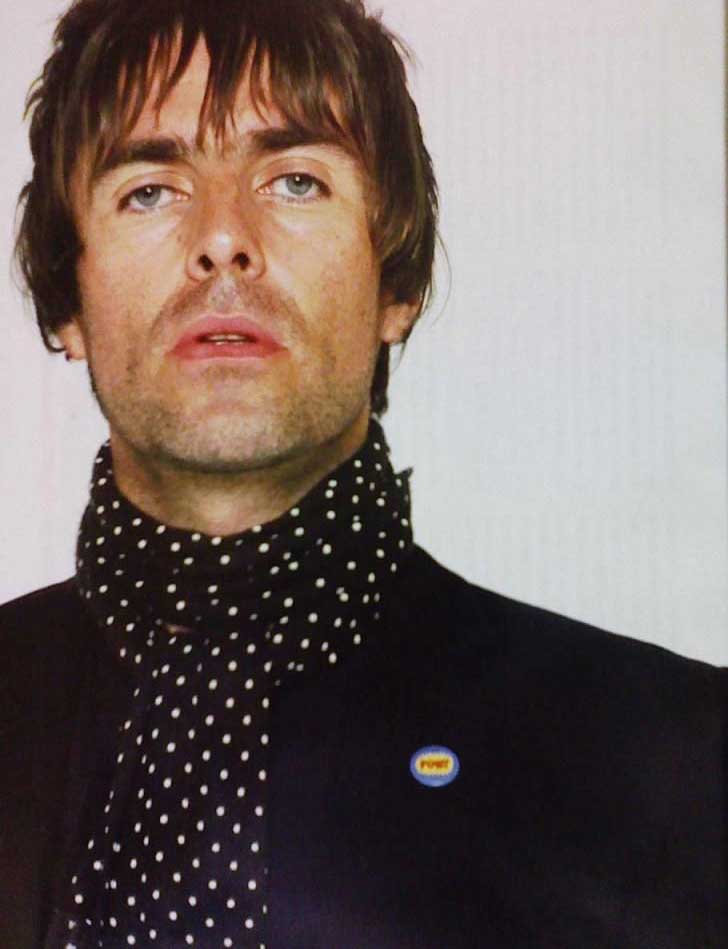
GALLAGHER, Liam. Manchester, United Kingdom. 1995.
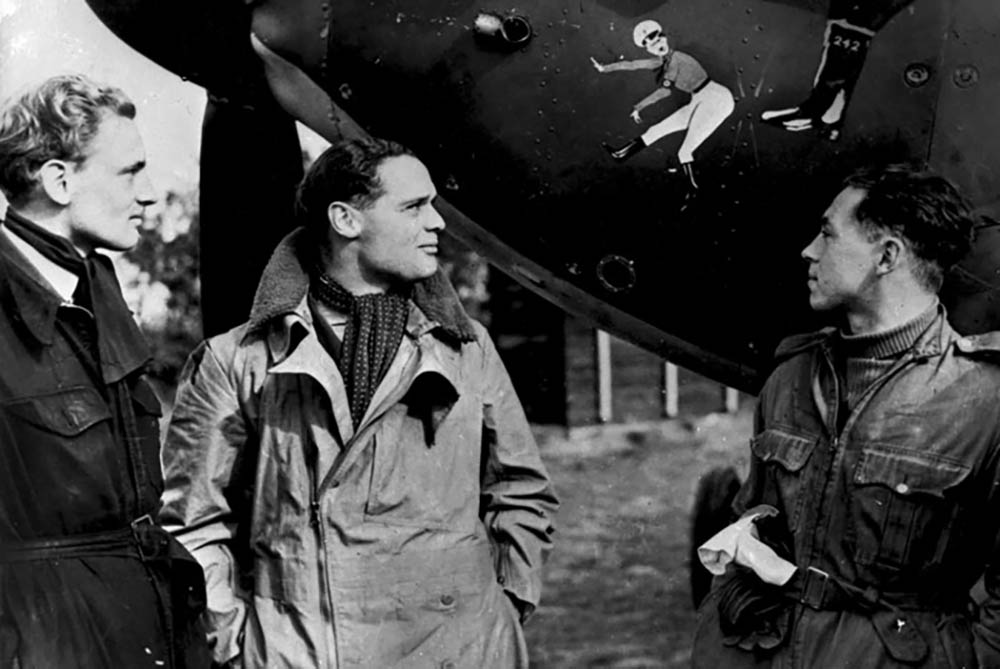
BADER, Douglas and Royal Air Force pilots. 1940.
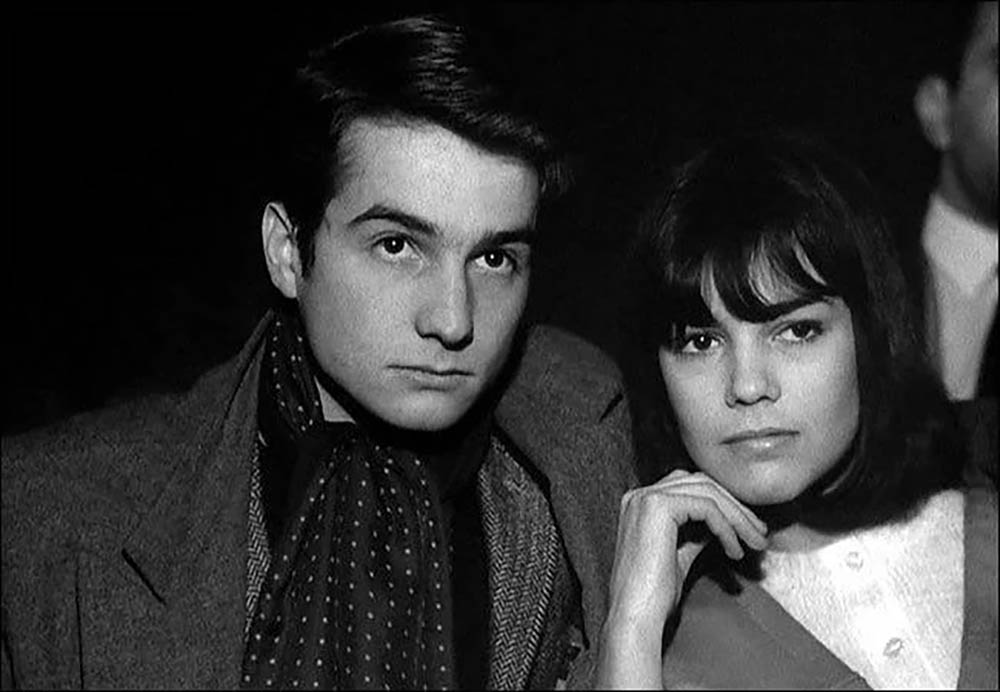
LÉAUD, Jean-Pierre, act. GOYA, Chantal, act. GODARD, Jean-Luc, dir. Masculine Feminine. 1966. 45 min.
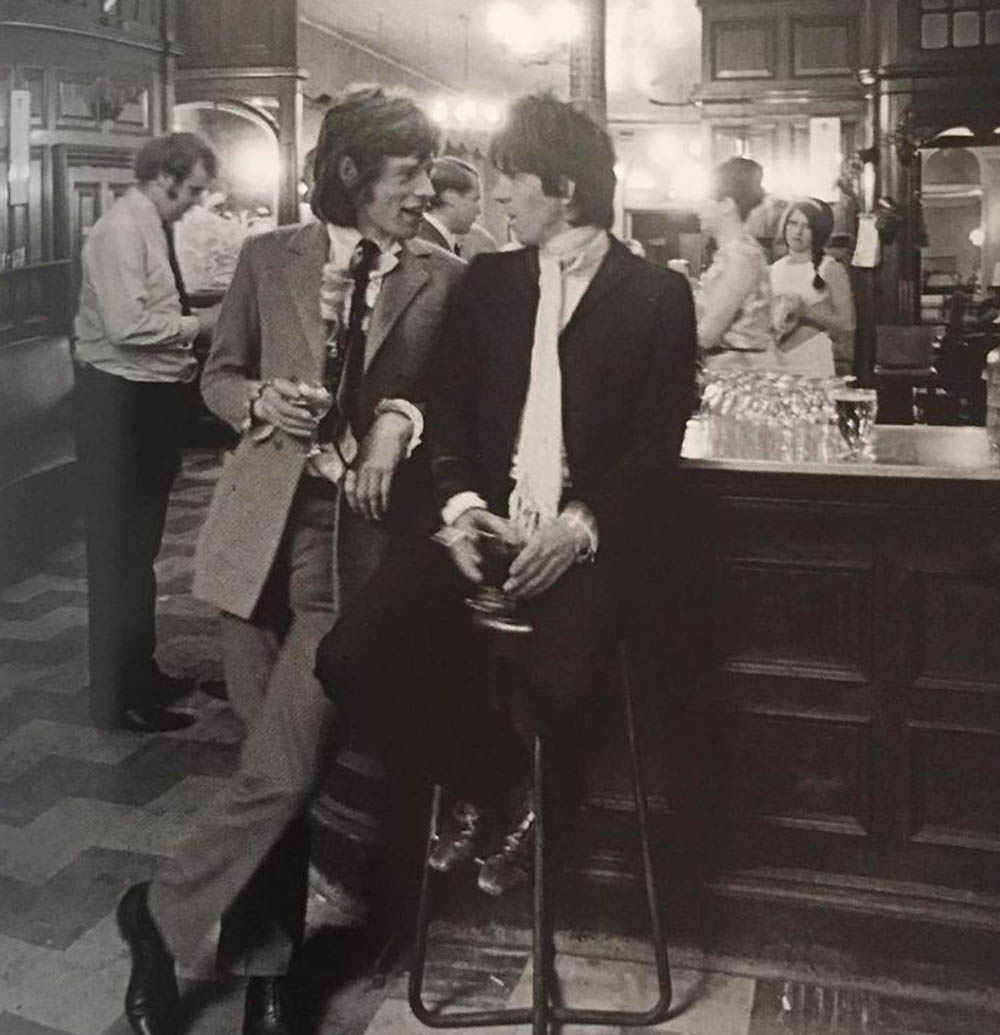
JAGGER, Mick. RICHARD, Keith. Paris, France. 1969.
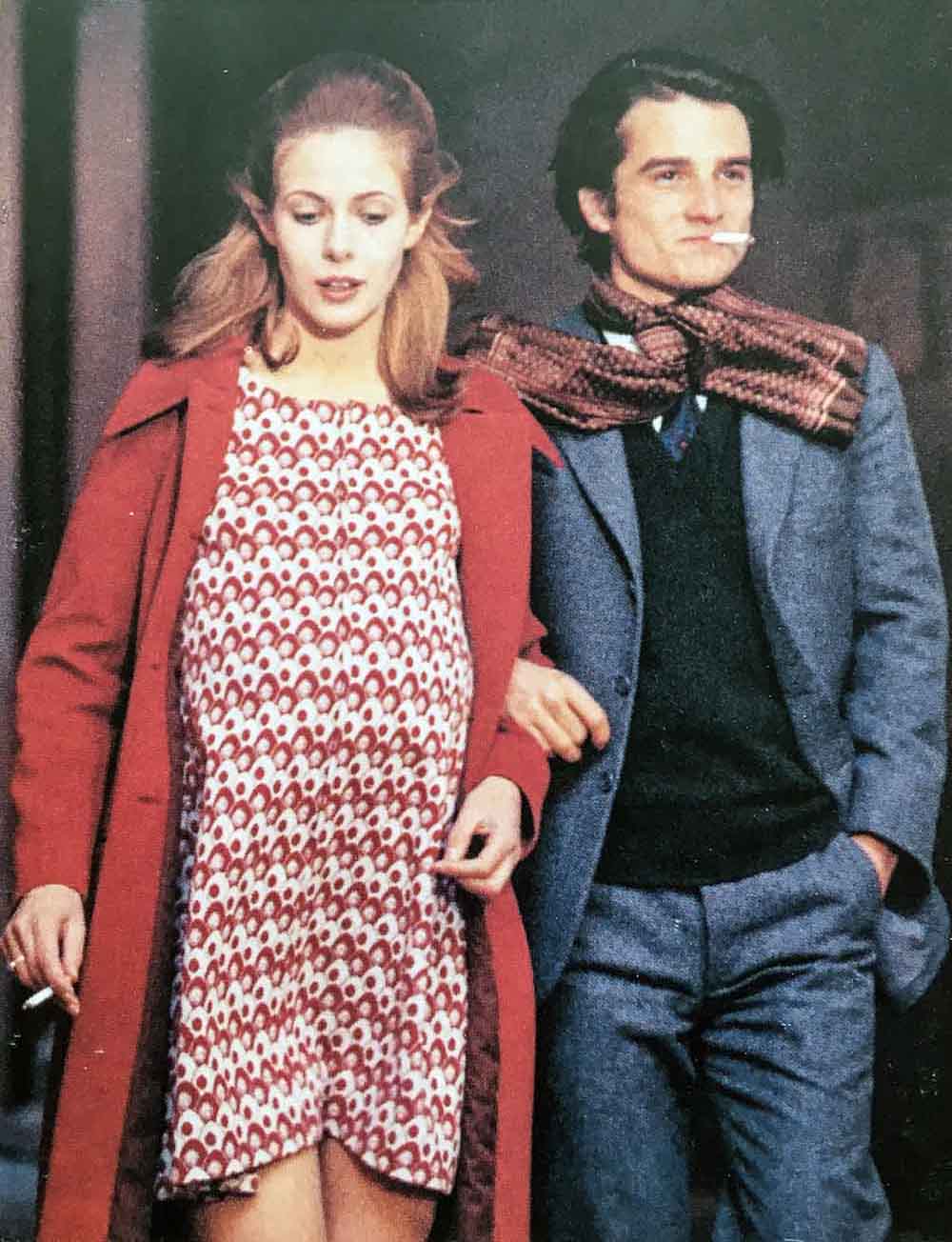
LÉAUD, Jean-Pierre, act. JADE, Claire, act. TRUFFAUT, Francois, dir. Bed and Board. 1970.om, lieu, date
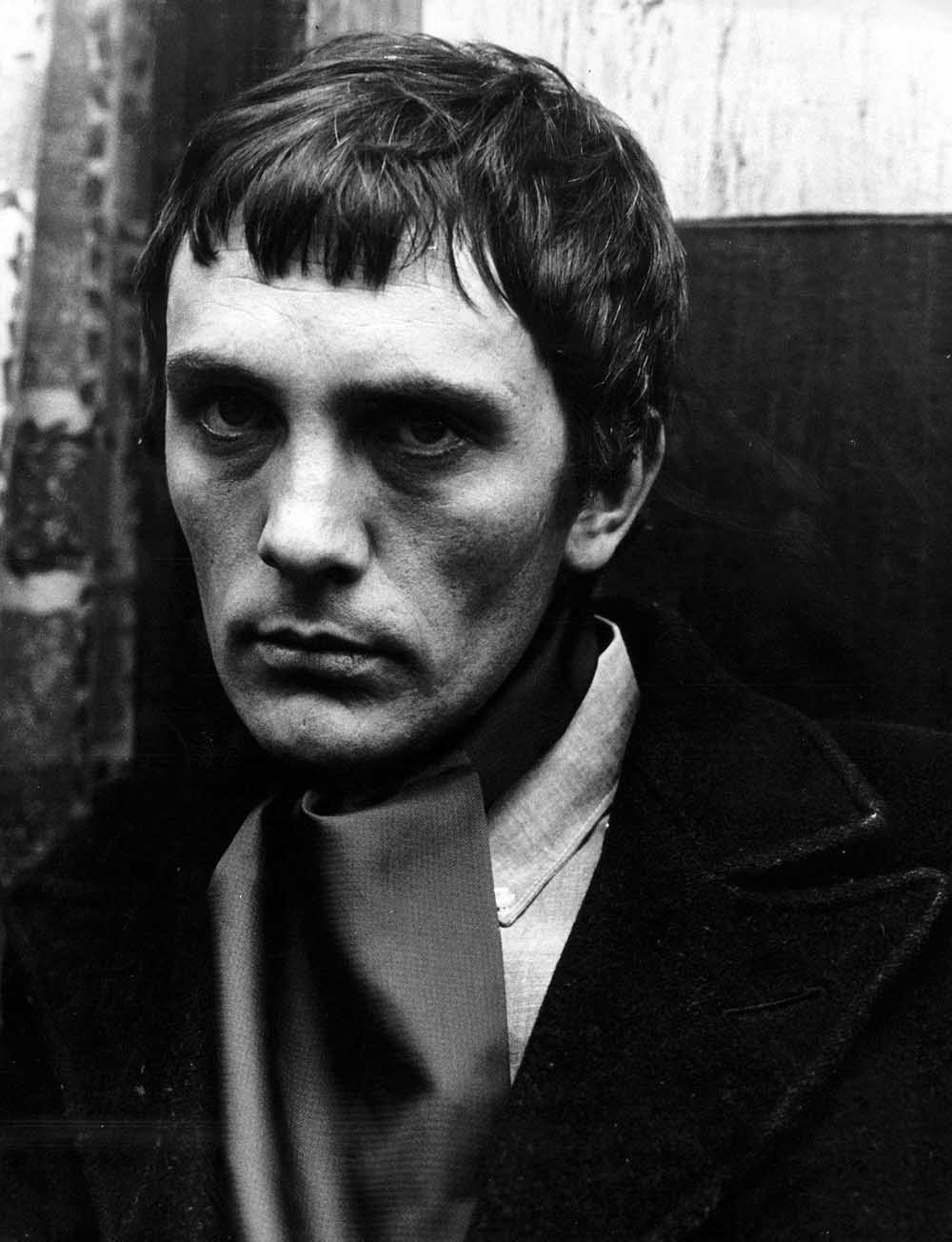
STAMP, Terence. London, United Kingdom. 1967.
- LUCIAN FREUD« from borrowed suits to bespoke tailoring, Freud’s fashion choices evolved with his art »
- DAVID LYNCH« The oddest of Americans, the most American of oddballs, Lynch was a man with a uniform. »
- THE FLARED TROUSER
- BRUMMELL« the most sober, the most strict, the least extravagant man »
